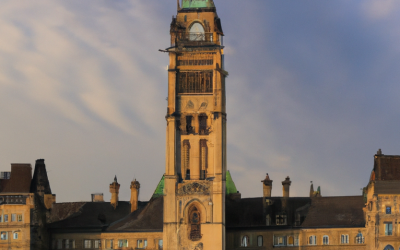From 1980 to 1995, Winnipeg suffered one of the largest declines in transit ridership of any North American city, with paying passengers declining from 60 million per year in 1982 to 40 million in 1995. This disastrous fall was due to a tragic misplacement of transit priorities and resources.
In 1980, Winnipeg transit primarily served the core area where most of its customers were located. People living in the suburbs were more likely to own autos and drive everywhere and so they didn’t need intensive transit service. People who couldn’t or didn’t want to drive were more likely to live in the core where they had excellent transit service.
Then Winnipeg adopted a policy of attempting to provide transit service within a half kilometer of every residential area, including those suburbs that generated few transit riders. Given this mandate, but no more money to meet it, Winnipeg Transit was forced to cut back transit service in the core area, leading to a huge loss of its core ridership with little compensating increase in suburban ridership.
Now the city proposes another misuse of resources. Instead of finding funds to restore core-area bus service, it wants to spend even more money on little-used suburban transit through an expensive bus-rapid transit system. It also wants to build a rail-transit line. The end result will be no better service for transit’s core customers but much higher expenses for Winnipeg Transit. To cover those expenses, Winnipeg Transit may have to raise fares or make further service cutbacks in the core area, thus reducing ridership even further.
The political reality is that buses don’t provide much in the way of pork barrel, while building rail transit and expensive busways may provide local construction jobs and profit for construction companies. So the needs of transit-dependent riders are sacrificed in the name of providing a glitzy operation to serve suburbanites who already have plenty of automobility.
Expensive forms of transit such as exclusive busways and rail lines have done little to generate new riders, while their high cost has often forced transit agencies to cut back bus services.
In the past two decades, Pittsburgh has opened both light rail and exclusive busways, and its total transit ridership declined by 25 percent.
Winnipeg needs to ask itself what is more important: to have some Disneyland-like rides consisting of high-cost buses and streetcars that run nearly empty; or to provide excellent, low-cost bus service to those people who really need it? The rapid-transit task force appears to favor the high-cost, low-benefit option. If you are a taxpayer, a commuter who wants to see less congestion, or a frequent transit rider, this is the last thing you need.


